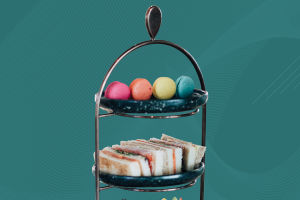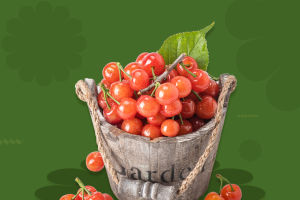As many of you already know, Japan is famous for its wonderful and unique cuisine. But when we think about Japanese food, the first thing that comes to mind is fish and rice. This article will give you a wider view about the food culture in Japan and teach you what to order from the moment you sit at the restaurant.
1. Sushi
Let's start with the food item that most of us associates Japan with: Sushi Sushi is known all over the world and is unique in its creation because every piece of rice is seasoned with a rice vinegar mix (made with sugar and salt) and then mixed with different ingredients such as a variety of seafood, vegetables, and nori (seaweed). You can just grab a piece of sushi with chopsticks and dip it into soy sauce or wasabi, or both. It is truly a mix of flavors in your mouth! Depending on the shape and ingredients that are used, sushi can be called different names: Nigiri sushi, Maki sushi, Oshi sushi, Temaki sushi, etc.
2. Ramen
Like sushi, ramen is a Japanese food favorite and one of the best dishes you can eat in Japan. It refers to a noodle soup made with four basic components – the broth, tare (seasoning), wheat noodles, and toppings. Tare (or kaeshi) is the salty concentrated essence placed at the bottom of every ramen bowl. Together with the broth, it’s what determines the style of the ramen, of which there are four main types – shoyu, miso, shio, and tonkotsu. The noodles and toppings enhance the experience, but the true star of this beloved Japanese dish is the seasoned broth.
3. Tempura
Tempura is a traditional Japanese cooking method that involves deep-frying seafood or vegetables coated in a light batter made with cold water and soft cake flour. The tempura batter is lightly mixed and kept cold with lumps to create a crisp and fluffy texture when fried. Most tempura is cooked for just a few seconds before being served with grated daikon radish and a dipping sauce, most often tentsuyu which is made with dashi (soup stock), mirin (rice wine), and shoyu (soy sauce). Alternatively, it can be sprinkled with sea salt or mixtures of powdered green tea, salt, and yuzu before eating. Different types of fish, seafood, and vegetables are used to make tempura in Japan though ebi (shrimp) is the most popular.
4. Kare raisu (rice with curry)
This is a simple but delicious dish that can be found all around Japan. Very popular among Japanese kids, Kare raisu is just rice with curry, but the taste is different from the original indian one. To make the japanese curry, it is used a variety of meats and vegetables. The meats used are usually chicken, pork, beef and sometimes duck. As for the basic vegetables: onions, carrots and potatoes. To fit every taste, here are different levels of spicy: soft, regular and hot are the most common.
5. Okonomiyaki
Literally meaning ‘grilled as you like it’, this savory Japanese version of pancake is a mixed made with flour, yam and egg. As the name suggests, you can also add anything you like. The most commons ingredients are green onion,shrimp, beef, vegetables, squid, mochi and cheese. It is cooked in a griddle and usually made by the customers themselves, which can be part of the fun. Because the preparation has to be cooked from both sides, by the time it has to be turned, it is a stressful and also funny moment, especially when it is your first time doing it! However if you find it hard, the staff will gladly help you or even make it for you, so don’t worry.
6. Onigiri
The oniguiri (Japanese: お 握 り) also known as nigiri or omusubi (お む す び) is a Japanese rice ball usually triangle shaped, or oval shaped wrapped in a nori leaf. This is the most popular snack in Japan. It can have several types of filling, but traditionally it is stuffed with fried salmon, umeboshi, katsuobushi, or any other type of salty or sour ingredient. In Japan the oniguiri is found in a multitude of places ranging from convenience stores, supermarkets, free fairs, sushi houses or even specialized establishments in oniguiri called onigiri-ya. No matter what time is it, or where you are, if you are hungry and you don´t have time, you can buy an onigiri


